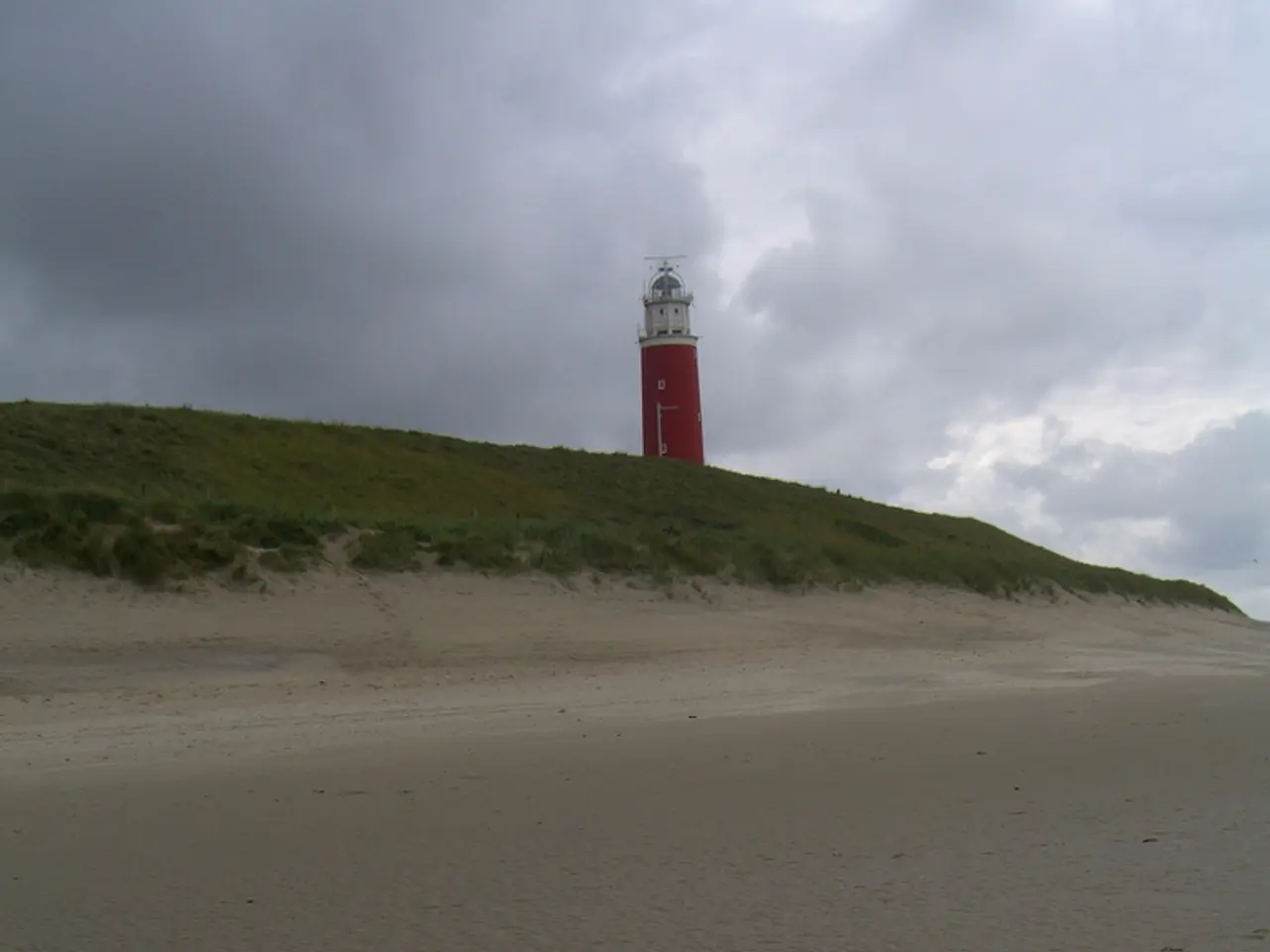Coastal Restoration Fends Off Erosion Caused by El Niño Storms Through Beach Enhancement
Sand Nourishment and Coastal Protection: A Case Study in San Diego
San Diego County beaches have been fortified through sand nourishment projects, a common method used to protect coastal infrastructure. One such project, conducted in 2012, deposited 1.15 million cubic meters of sand on eight beaches, including Cardiff, Solana, and Imperial, at a cost of $28.5 million.
The coarseness of the sand used in these projects appears to have aided their effectiveness. After sand is lifted off the ocean floor by waves, coarse grains fall more quickly to the bottom than finer grains, making them less susceptible to being washed away. This was evident in the 2015-16 winter, when three San Diego County beaches that received imported sand in 2012 were about 10 meters wider and one to two meters higher than in 2009-10. Remarkably, the sand added to these beaches survived the large waves of the El Niño winter of 2015-16.
However, the long-term effectiveness of these projects can be limited. The newly introduced sand can be quickly washed away by subsequent storms or natural processes, necessitating repeated nourishment efforts. The ongoing challenges posed by climate change, including sea level rise and increased storm intensity, also impact the sustainability of these measures.
Researchers, including Robert Guza, a Scripps oceanographer, and graduate student Sean Crosby, have been studying the impact of these projects. Their work, described in the journal Geophysical Research Letters, focuses on San Diego beaches but has implications for beaches worldwide. Guza emphasizes the need for a better understanding of the underlying processes to design nourishments for effective mitigation and the importance of monitoring to learn from both successes and failures.
Despite the successes, not all projects have been equally effective. For instance, the sand pad at Torrey Pines, added in 2001, was swept out to sea after just one storm. In contrast, Torrey Pines State Beach, which had received no recent sand infusions, had slightly more erosion than in 2009-10.
As sea levels rise, coastal infrastructure will become more vulnerable to flooding and erosion. Understanding the effectiveness of sand nourishment projects is crucial in these challenging times, as they could play a significant role in protecting our coastlines. For precise information on the study's findings regarding mid-El Niño erosion at nourished and unnourished beaches in Southern California, it would be necessary to access the full study or contact the researchers directly.
- To address the issue of climate change and protect coastal infrastructure, scientific research focusing on the impact of sand nourishment projects, a practice that involves fortifying beaches, has been conducted by researchers like Robert Guza and Sean Crosby in the field of environmental science.
- As the wave of environmental health and wellness gains momentum, interest in fitness and exercise for scientists and researchers, like maintaining physical fitness to withstand long fieldwork hours and critical thinking skills to engage in research related to climate change and the environment, is increasingly recognized as essential.




